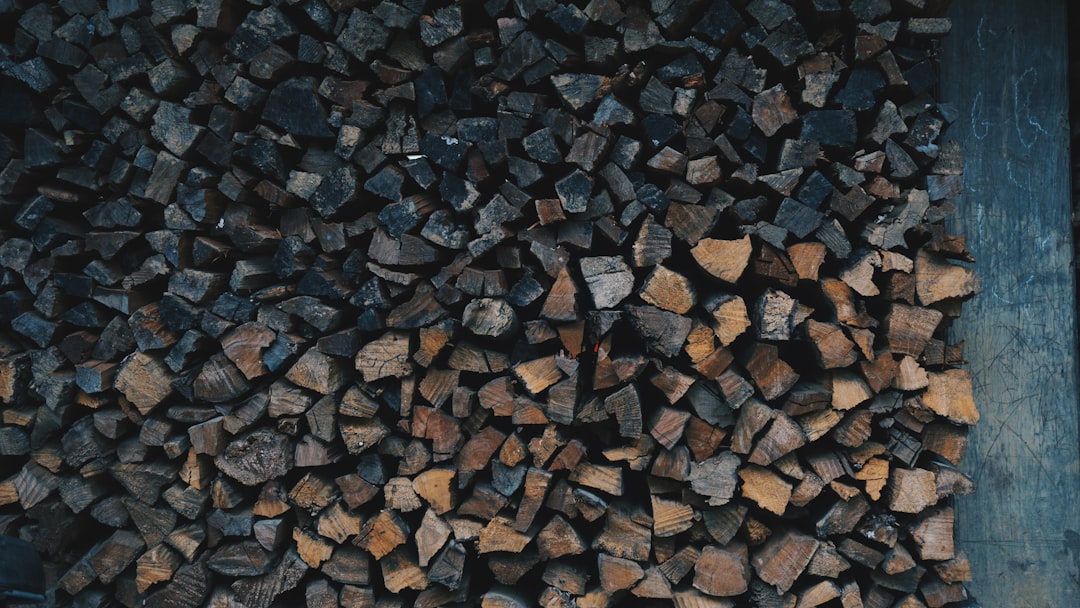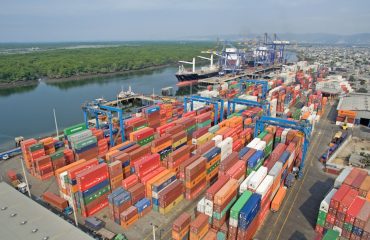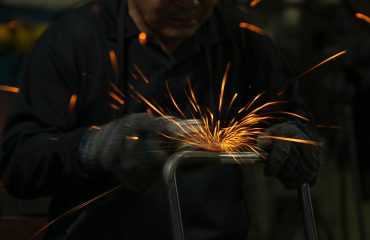Steel, the backbone of modern infrastructure and countless industries, relies on a complex network of raw material sources. Understanding these sources is crucial to comprehending the steelmaking process, its economic implications, and the environmental considerations involved. This comprehensive guide delves into the key ingredients that go into producing this vital material.
1. Iron Ore: The Foundation of Steel
Iron ore, the primary raw material in steel production, is a rock or sediment that contains significant amounts of iron oxides. Different types of iron ore exist, each with varying iron content and processing requirements. Hematite (Fe₂O₃) and magnetite (Fe₃O₄) are the most common and commercially important types. These ores are extracted through various mining methods, including open-pit mining and underground mining, depending on the ore body’s geology and depth. The extraction process often involves significant earthmoving and can have a considerable environmental impact, necessitating careful land reclamation and responsible mining practices. After extraction, the ore undergoes beneficiation, a process that involves crushing, grinding, and concentrating the iron content to increase its purity and efficiency in the steelmaking process. This often includes techniques like magnetic separation or froth flotation.
2. Coal: The Fueling Force Behind Steel Production
Coal plays a critical role in steel production, primarily as a fuel in the blast furnace process. It provides the heat necessary to reduce iron oxides in iron ore to metallic iron. While the use of coal is gradually decreasing due to environmental concerns and the rise of alternative technologies, it remains a significant component in many steelmaking processes, particularly in the integrated steel mills. Different types of coal, varying in their carbon content and calorific value, are used based on the specific requirements of the steelmaking process. The extraction of coal, similar to iron ore, often involves large-scale mining operations with associated environmental impacts, including greenhouse gas emissions, land degradation, and water pollution. Sustainable coal mining practices are increasingly important to mitigate these negative effects.
3. Scrap Metal: A Sustainable Steelmaking Ingredient
Scrap metal, encompassing steel and iron from various sources such as discarded vehicles, construction debris, and industrial byproducts, is a crucial secondary raw material in steel production. Recycling scrap metal significantly reduces the need for virgin iron ore and coal, thereby decreasing the environmental footprint of steelmaking. Electric arc furnaces (EAFs), a prominent steelmaking technology, primarily utilize scrap metal as their main raw material. The use of scrap metal contributes to a more sustainable and circular economy, reducing reliance on raw material extraction and minimizing waste. Efficient scrap metal collection, sorting, and processing are essential for effective utilization in the steelmaking process. The quality and composition of scrap metal are carefully monitored to ensure it meets the required specifications for different steel grades.
4. Fluxing Materials: Ensuring Efficient Steelmaking
Fluxing materials, such as limestone and dolomite, are added to the blast furnace and other steelmaking processes to control the chemical composition of the molten metal and slag. Limestone, primarily calcium carbonate, reacts with impurities in the iron ore, such as silica, forming slag, which is a molten waste product that is separated from the molten iron. Dolomite, a mixture of calcium and magnesium carbonates, performs a similar function, further refining the molten iron and improving the efficiency of the steelmaking process. The selection of fluxing materials depends on the specific composition of the iron ore and the desired properties of the final steel product. The sourcing and processing of these materials also require consideration of environmental impacts, particularly regarding waste management and potential air pollution during the calcination process.
5. Other Additives and Alloying Elements: Tailoring Steel Properties
Beyond the primary raw materials, various additives and alloying elements are incorporated into steel to modify its properties and achieve specific characteristics. These include elements like manganese, chromium, nickel, molybdenum, and vanadium. Manganese enhances the steel’s strength and hardness, while chromium improves its corrosion resistance (stainless steel). Nickel increases its toughness and ductility, and molybdenum contributes to its high-temperature strength. These alloying elements are sourced from various mines and refined to high purity before being added to the molten steel. The precise amounts and types of alloying elements are carefully controlled to achieve the desired properties for different steel applications, from construction to automotive manufacturing to aerospace components. The responsible sourcing of these elements is crucial, considering potential environmental and social impacts associated with their extraction and processing.
The steel industry’s reliance on a diverse range of raw materials highlights the complexity of its supply chain and the interconnectedness of various sectors. Sustainable sourcing practices, efficient processing techniques, and innovative technologies are essential for ensuring a secure and environmentally responsible future for steel production.
SEO-Friendly Tags:
- Steel Raw Materials
- Iron Ore Mining
- Steel Production Process
- Scrap Metal Recycling
- Steelmaking Ingredients




